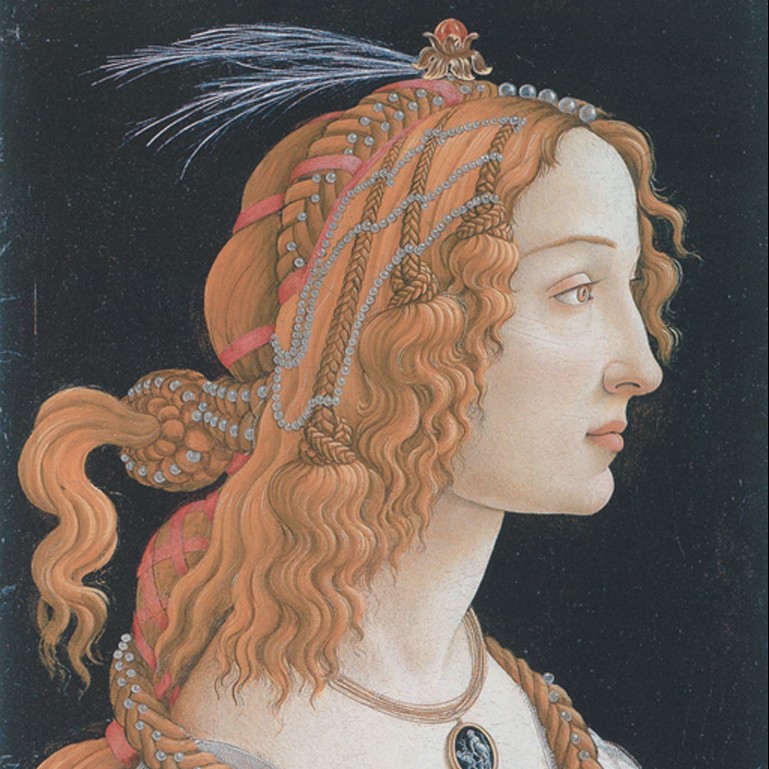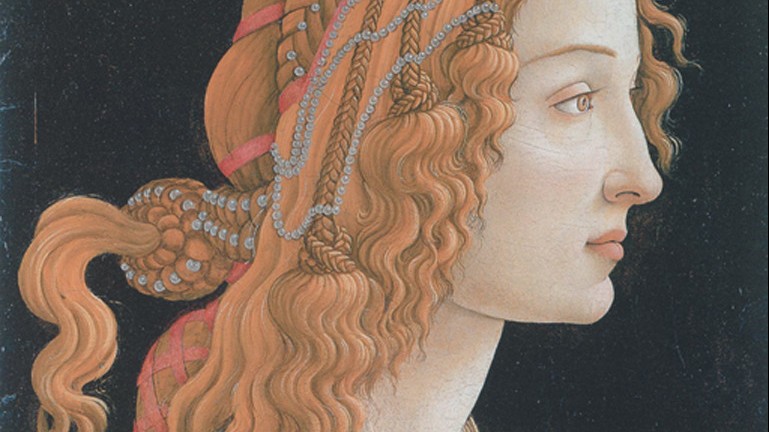- Your tresses aren't there just to look pretty. It's believed that humans evolved to have hair on top of our heads to help us stay warm in cold weather, and cool in hot weather. Hair helps us stay warm by insulating our heads, and cool by providing a surface that sweat can evaporate from (though the jury is still out on why we have hair in other areas of the body.)
- Here's a surprise for any Marvel Fans out there: in Norse Mythology, Thor is a bushy bearded redhead. Comics writer Stan Lee and artist Jack Kirby prettied him up as a blonde beach boy for the comics.

- People have been dying grey hair for a long, long time -- since Ancient Egypt. The preoccupation with youth and beauty runs deep and cross-cultural, y'all.
- While the Ancient Egyptians used henna to dye their hair, the Greeks and Romans took a more... interesting approach. They used a formula made with leeches that had been fermented in a lead vessel for two months. Mmm, that must have felt great on the scalp.
- The Ancient Egyptians, Greeks and Romans all had limited color options -- you could either do your natural color, or a blackish brown. It wasn't until around 300 BC that people started to color their hair with burned plants and nuts to create a more blonde-y look.
- Barbers were usually housed in Monasteries during the middle ages, initially because Monks needed regular haircuts (they had that interesting bald in the middle, halo of hair on the sides look). Go for the prayers, stay for the haircut.
- Monasteries became more and more like early hospitals as time went on, which led to an expansion in the barber's responsibilities --In the Middle Ages, barbers did a heck of a lot more than just cut hair. Because they had ready access to sharp instruments, they were also everyone's go-to-guys for minor surgeries and tooth extractions. And no, the blades were not sanitized in between procedures and haircuts.
- In 1371, the King of France decided that his own barber would have authority over all French barbers and surgeons... even the surgeons who were actual trained surgeons, not barbers. The modern day equivalent would be the president elevating his personal hairdresser to the role of Surgeon General.
- For many years, people with natural red hair were assumed to be witches. It wasn't until Queen Elizabeth I took her reign that red hair became more acceptable -- you couldn't be a witch if you were the queen, right?

- All the cool kids had high hairlines during the Renaissance. If you weren't born with a naturally high and wide forehead, you could either pluck out your strands, one by one, or hide your hideously low hairline in tight braids under a jeweled headdress. Beauty was, and still is, pain.
- Women were also desperate to go blonde during the Renaissance. Golden hair was all the rage, but bleach had yet to be invented. The sun was the only readily available mechanism to lighten hair. This all would have been fine, if it weren't for the only other beauty norm as popular as golden hair -- white skin. Renaissance ladies had to rock some, uh, interesting headgear to protect their skin while they worked on their golden locks.
- Shampoo is a relatively new word in the English language. It's been dated back to 1762, and was derived from the Hindi word for head massage with oil, chāmpo, which is kind of hilarious because shampoo is expressly formulated to remove oil from hair.

- Babe of the regency, Lord Byron had an... interesting relationship with hair. Charmed by his poetry, the thirsty ladies of the day sent him locks of their hair -- dw, this was an actual way to flirt back then. Byron, however, sent clippings of fur from his dog in return. He let the ladies assume that his hair just naturally resembled puppy fur.
- Byron didn't get the last laugh though -- after he died, hair was taken from his body. Some of it was up for auction back as recently as 2020.
- In 1908, the New York Times became the first American publication to dispense hair care knowledge with an article called "How to Shampoo the Hair.; Specialists Recommend Its Accomplishment About Once a Fortnight -- Some Simple Rules." The article started out by sharing that hair was best shampooed at night after a thorough brushing...
- ...and ended by saying that split ends were to be literally set on fire. No seriously, the NYT said that split ends should be "singed." Talk about a hot take -- you heard it from them first, folks.
- During the heyday of the mullet, it wasn't even called a mullet. No one called the mullet a mullet until 1994. And even better -- the people who started calling it a mullet came up with the name as a way to make fun of the hairstyle and push it further out of style.
Looking for more haircare info? Here's what's next:
How To Go Back To Your Natural Hair Color
How to ditch the artificial color and go all-natural with your hair
Shag Haircut 101
Your guide to cutting and styling the shag haircut of your dreams
Salon Wash Techniques: Why Is Wash Day SO Much Better At The Salon?
Is it possible to have your own salon experience at home?
Waist Length Hair: Is It Attainable For You?
Time to rock some mermaid hair 🧜♀️
Finding The Right Hair Colors For Your Skin Tone
A handy-dandy guide to finding the right color for you.





